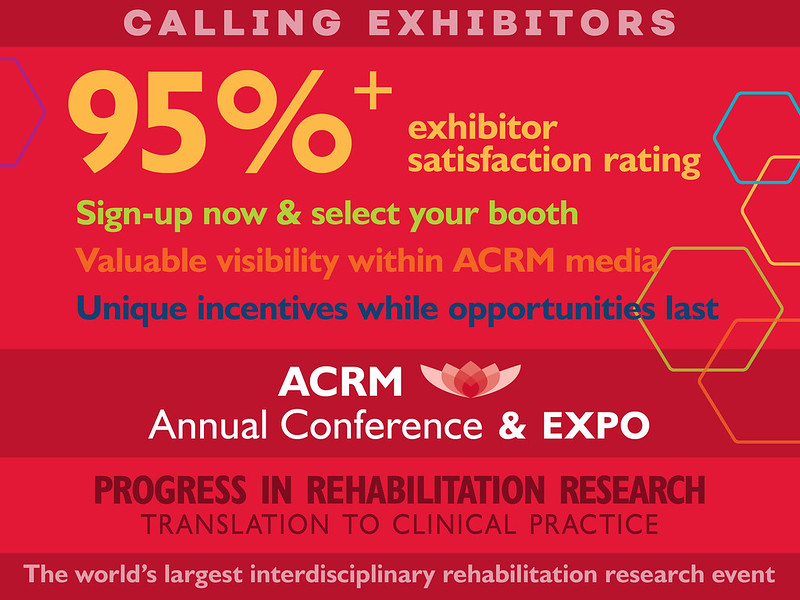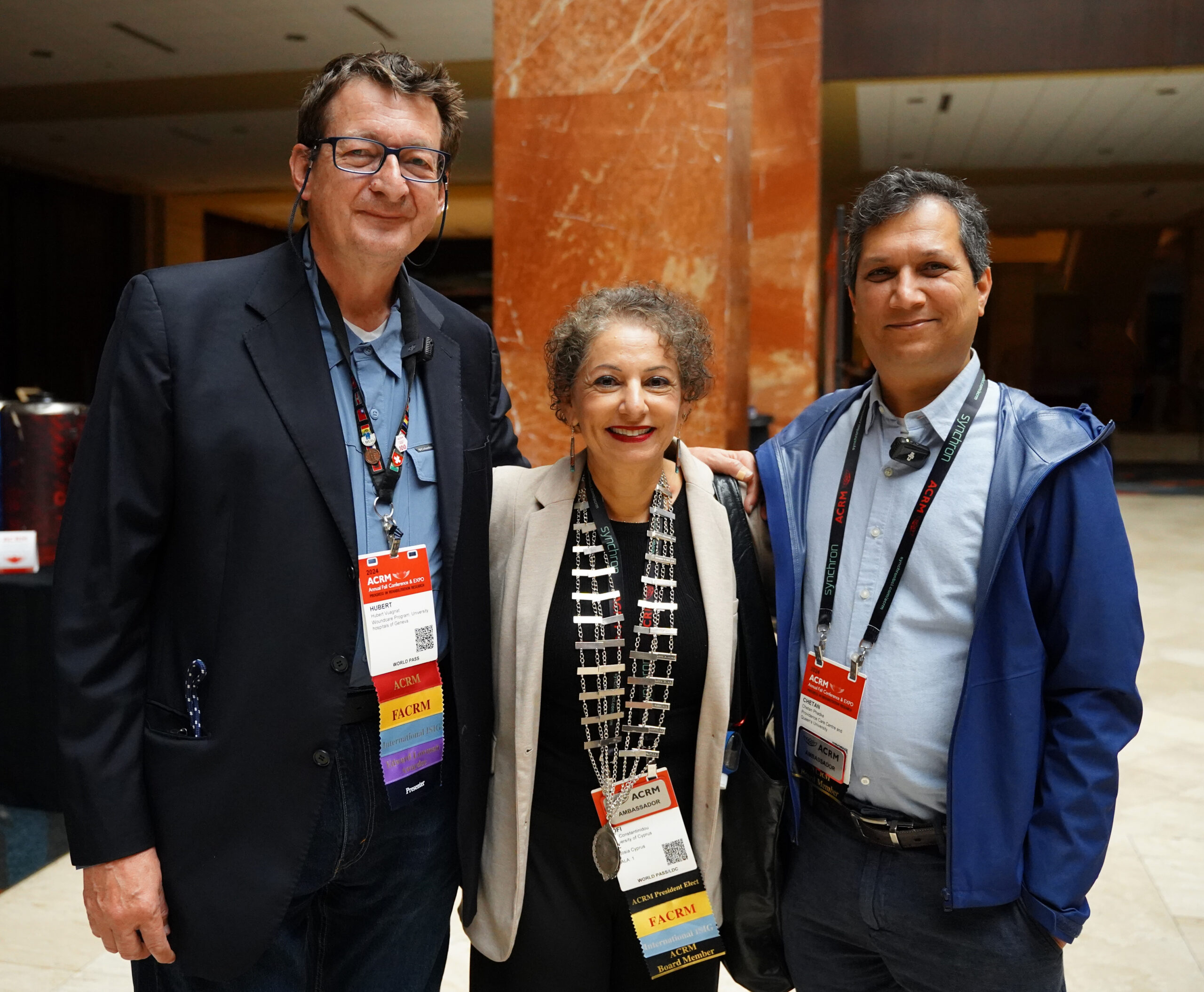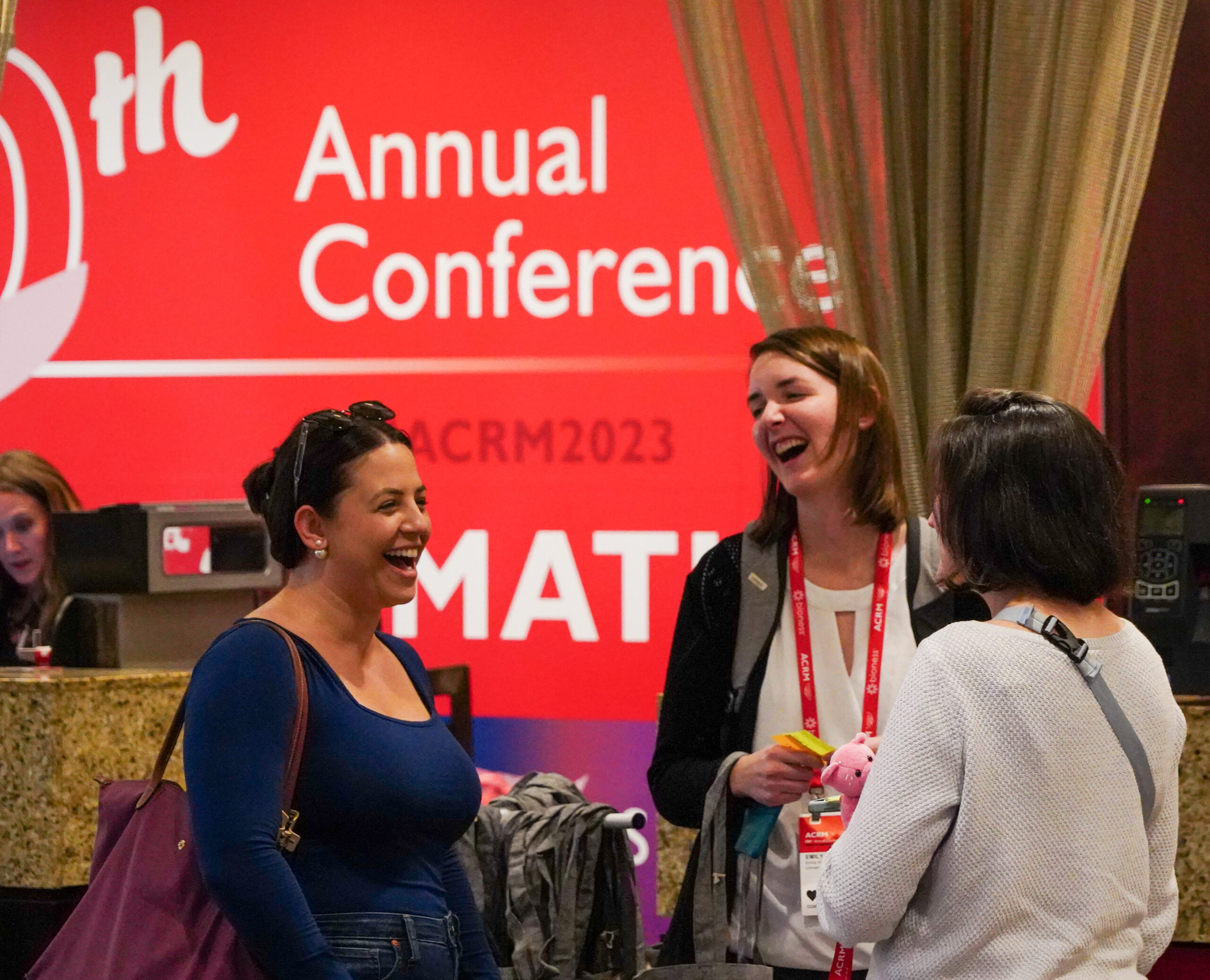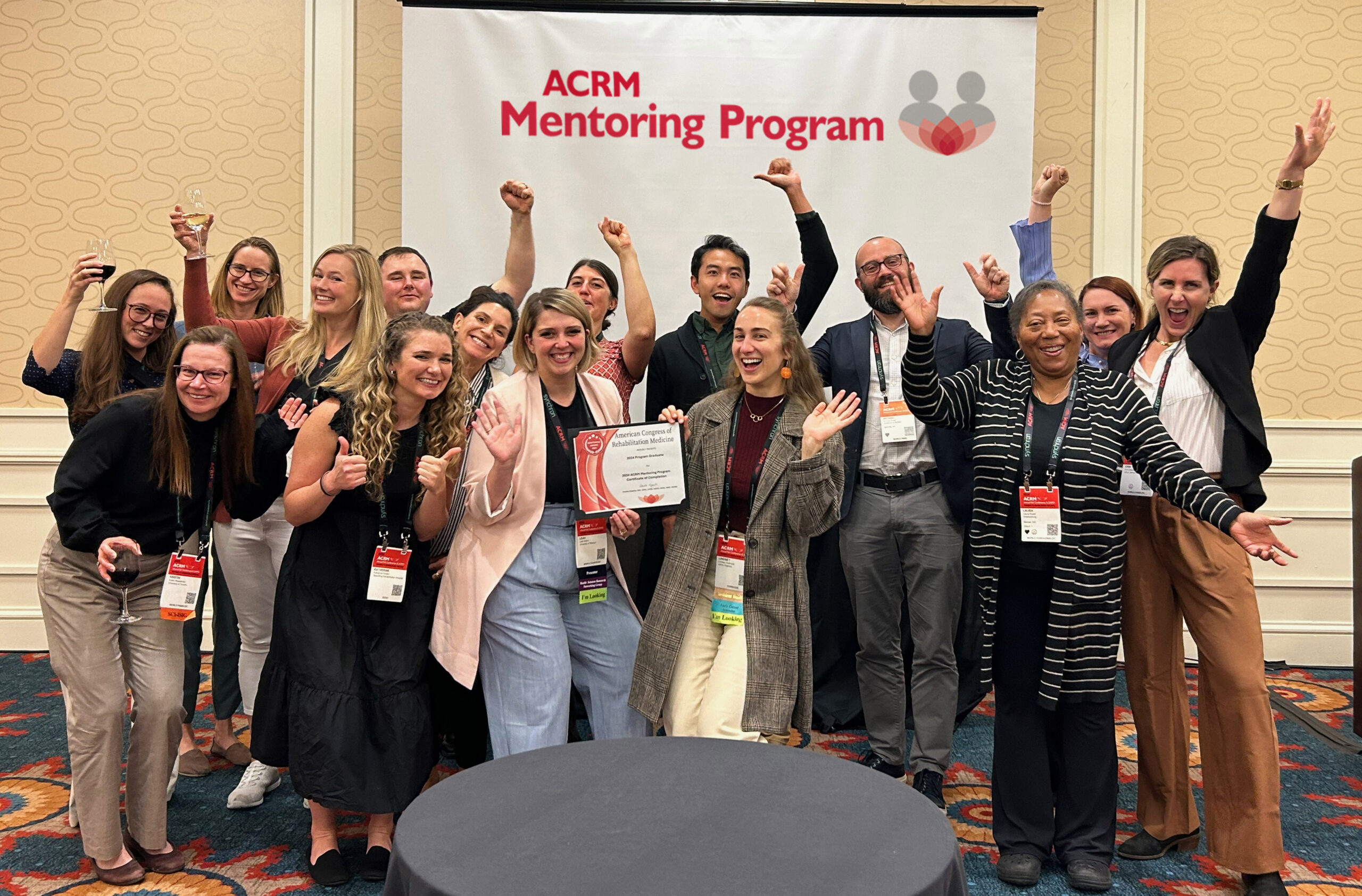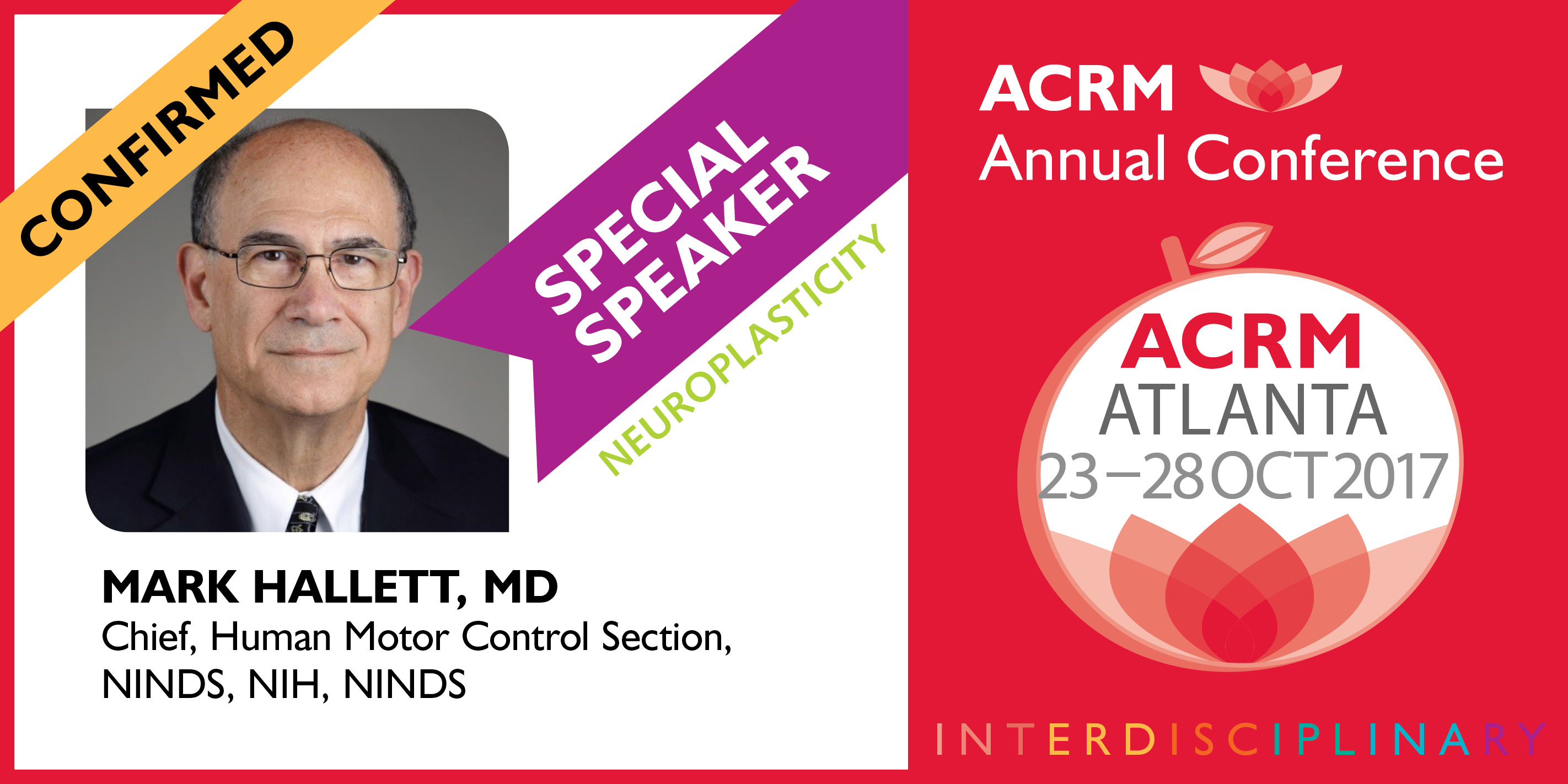
SPECIAL SYMPOSIUM
#304380 – Plasticity and Rehabilitation in Focal Hand Dystonia
FRI 27 OCT // 10:30 AM – 11:45 AM
PRESENTER
Mark Hallett, MD
Chief, Human Motor Control Section, NINDS, NIH
FOCUS AREAS
Neuroplasticity, Cross-Cutting
DESCRIPTION
CNS plasticity is maintained within bounds and this is abnormal in patients with focal hand dystonia. Using functional magnetic resonance imaging (fMRI), we have evaluated writing and other tasks in normal subjects and patients with writer’s cramp. In normal subjects when writing, there is selective activation of two regions, one in ventral premotor cortex and another in the parietal lobe, and there is strong connectivity between these two regions when writing. In patients this is impaired. If the abnormality arises from a plastic change, perhaps rehabilitation using repetitive good movements coupled with non-invasive brain stimulation can reverse the disorder.
LEARNING OBJECTIVES
- Describe the plastic phenomena of long term potentiation and homeostatic plasticity
- Describe the clinical and physiological abnormalities of plasticity in focal hand dystonia
- Describe how rehabilitation efforts based on plasticity might improve patients with focal hand dystonia
ABOUT DR HALLETT
Dr. Mark Hallett is a clinical neurologist and neurophysiologist and is currently the President of the International Federation of Clinical Neurophysiology. He also serves as the Chief of the Human Motor Control Section, National Institute of Neurological Disorders and Stroke, National Institutes of Health, Bethesda, Maryland. Dr. Hallett obtained his M.D. at Harvard University, interned at the Peter Bent Brigham Hospital and trained in Neurology at Massachusetts General Hospital. He had fellowships in Neurophysiology at the National Institutes of Health and at the Institute of Psychiatry in London. From 1976 to 1984, Dr. Hallett was the Chief of the Clinical Neurophysiology Laboratory at the Brigham and Women’s Hospital and worked up to Associate Professor of Neurology at Harvard Medical School. From 1984, he has been at the National Institute of Neurological Disorders and Stroke where he also served as Clinical Director of NINDS until July 2000. He is past President of the American Association of Neuromuscular and Electrodiagnostic Medicine and the International Parkinson and Movement Disorder Society and also served as Vice-President of the American Academy of Neurology. He has served as Editor of many journals and books and has had many honors. His work mainly deals with principles of motor control and the pathophysiology of movement disorders. Dr. Hallett’s interests in motor control are wide-ranging, and include brain plasticity and its relevance to neurological disorders and the pathophysiology of dystonia, parkinsonism, and myoclonus.
ACRM Annual Conference, Progress in Rehabilitation Research (PIRR#2017)
CORE: 25 – 28 OCT 2018 // HILTON ATLANTA, USA // PRE-CONFERENCE 23 – 25 OCT
REGISTER ONLINE HERE or Register by Phone: +1.703.435.5335
 |
 |
 |
 |






